The importance of the institution of Hindu family could be apparent through these words:
“Like-heartedness, like-mindedness, non-hostility do I make for you; do ye show affection, the one towards the other, as the inviolable cow towards her calf when born. Be the son submissive to the father, like-minded with the mother; let the wife speak to the husband words full of honey, beneficent. Let not brother hate brother, nor the sister hate sister; becoming accordant of like courses, speak ye words auspiciously. Your drinking be the same, in common your share of food; in common abode you reside; in the same harness do I join together; worship ye Agni united, like the spokes about a nave”.
Atharvaveda III. 30, pp. 1-3.
The family is a unique institution in that it is at one and the same time both a private and a visibly public institution. It oscillates between the most intimate to the most public in its various contexts. Also, the family as an institution is near universal. All of us live for most of the time in families.
The joint family system constituted the basic social institution in many traditional societies, particularly in eastern societies. In India, this system prevails among Hindus and to some extent amongst non-Hindus also. The Joint family among Hindus is considered as bedrock, on which Hindu values and attitudes are built. Family for a Hindu is a sacred institution deriving sanction from religion and social traditions with myths and legends. As far as the jointness in a Hindu joint family is concerned it is usually considered that to be joint in food, worship and estate. Joint family property plays an important role in fastening this jointness.
Due to the radical changes in civic, social, economic and cultural life and certain factors, like, individualistic approach, industrialization, urbanization, frequent legislative changes most particularly the Hindu Succession Act, 2005 that has changed the concept of joint family and joint property to a considerable extent and as such a tremendous influence has been exerted on the joint family institution. Due to the above-mentioned reasons, the problem of lack of stability and large-scale disintegration of Hindu joint family could be seen now -a–days. The consequences of this problem are more bothersome as it results into the loss of social security of many weak, aged and ailing members of the family who are in actual need of it.
Moreover, the problem is no less intense in the State of Jammu and Kashmir which inspired the researcher to take up “A Socio-Legal Study of Changing Dimensions and Viability of the Institution of Hindu Joint Family.” the Study is divided into six chapters:
Chapter I: Is introductory in nature and purports to explain the meaning and origin of family, types of family structure, Hindu joint family and its composition, the relation that exists between Joint family and Joint property. It also describes the development of law relating to joint family property from the Shastric era to the era of formation Mitakshara and Dayabhaga schools of Law and their effect on joint family and property.
Chapter II: Describes in detail the objectives of the study, the hypotheses, the research methodology and procedure followed in securing data from different sources. It also contains the profile of the respondents.
Chapter III: Deals with various legislations that had made an inroad into the concept of Hindu joint family and thereby altering it slowly and steadily. It includes piecemeal legislations of British period to the full fledged enactment of Hindu Succession Act, 1956 and its recent amendment by Hindu Succession Act, 2005. It also covers certain critical issues that have erupted after the Act of 2005.
ChapterIV: Titled as Judicial Elucidation, deals with the creative role played by Judiciary in consonance with the changing social parameters of the society towards the institution of Hindu joint family and other related aspects.
Chapter V: Makes a modest attempt to evaluate the data based on the field study.
Chapter VI: Is concluding in nature. It also offers important suggestions from legal as well as the social point of view to alleviate to certain extent, the problem from which Hindu joint family institution is going through.

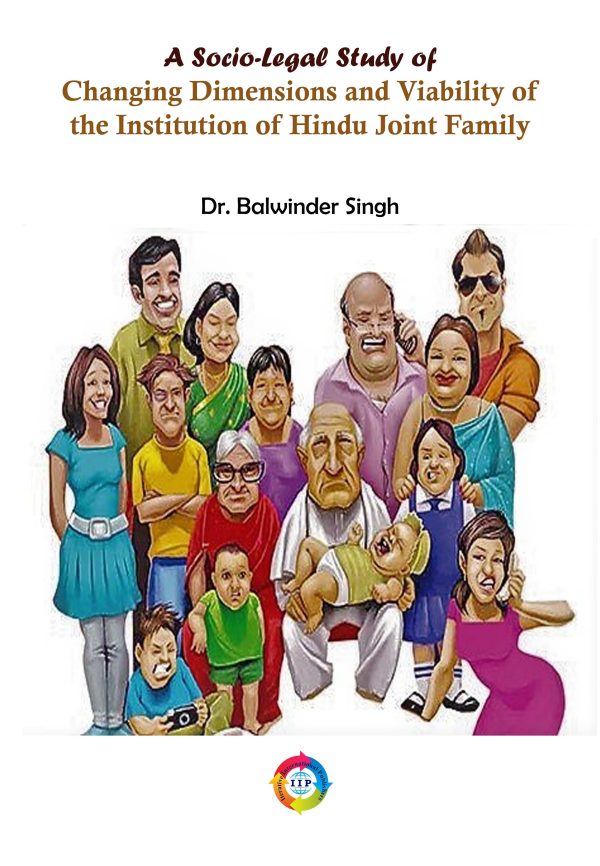
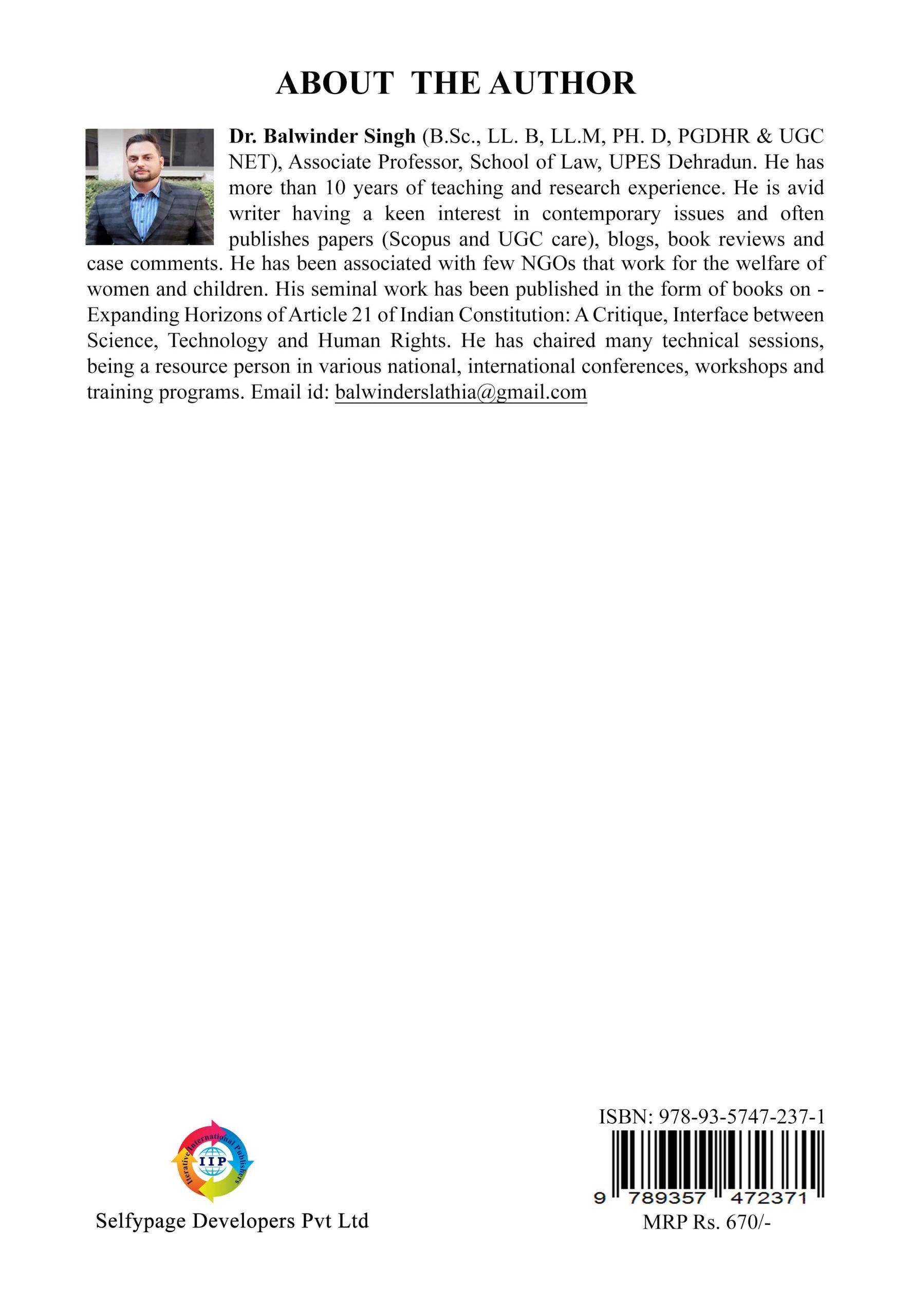



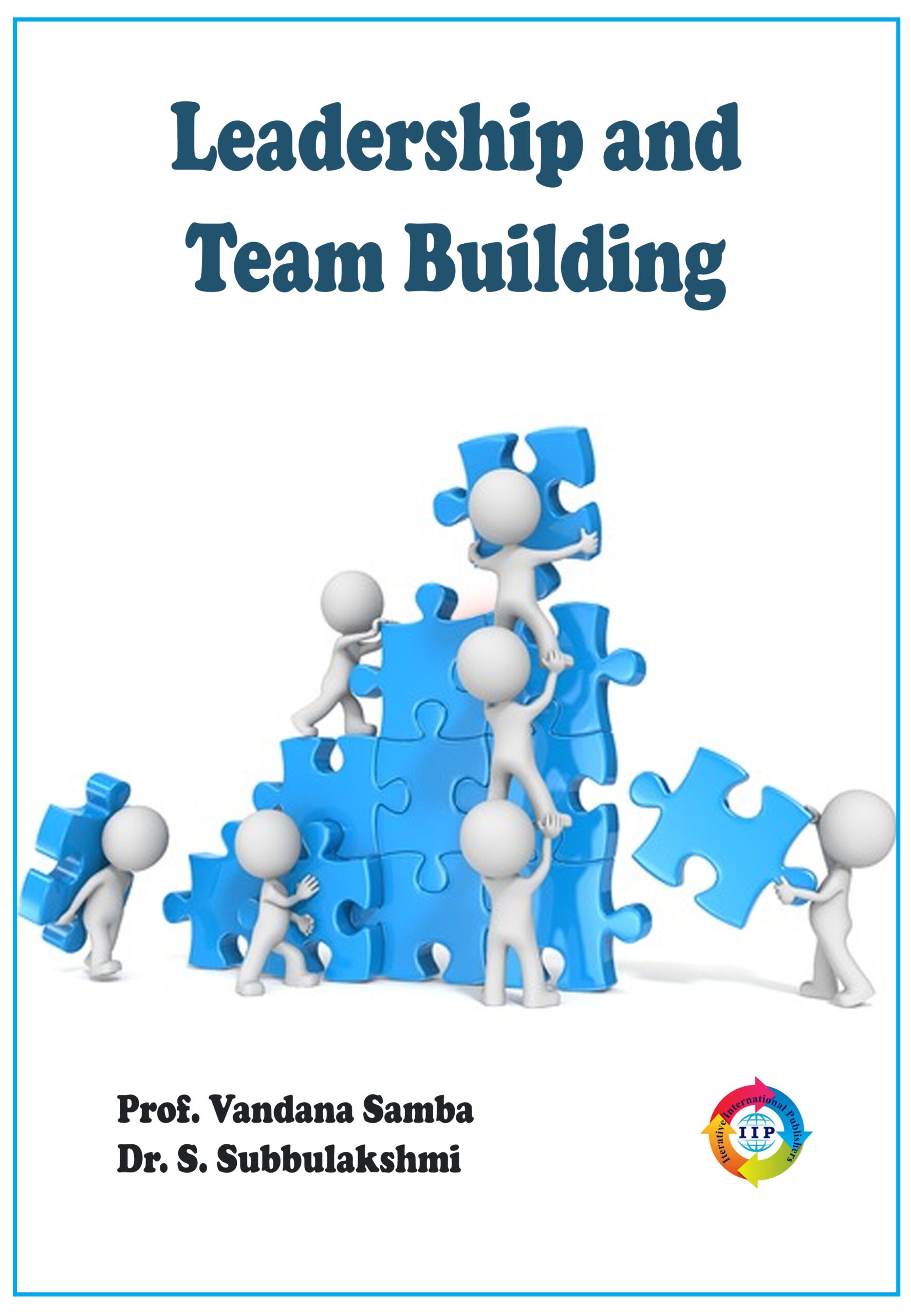
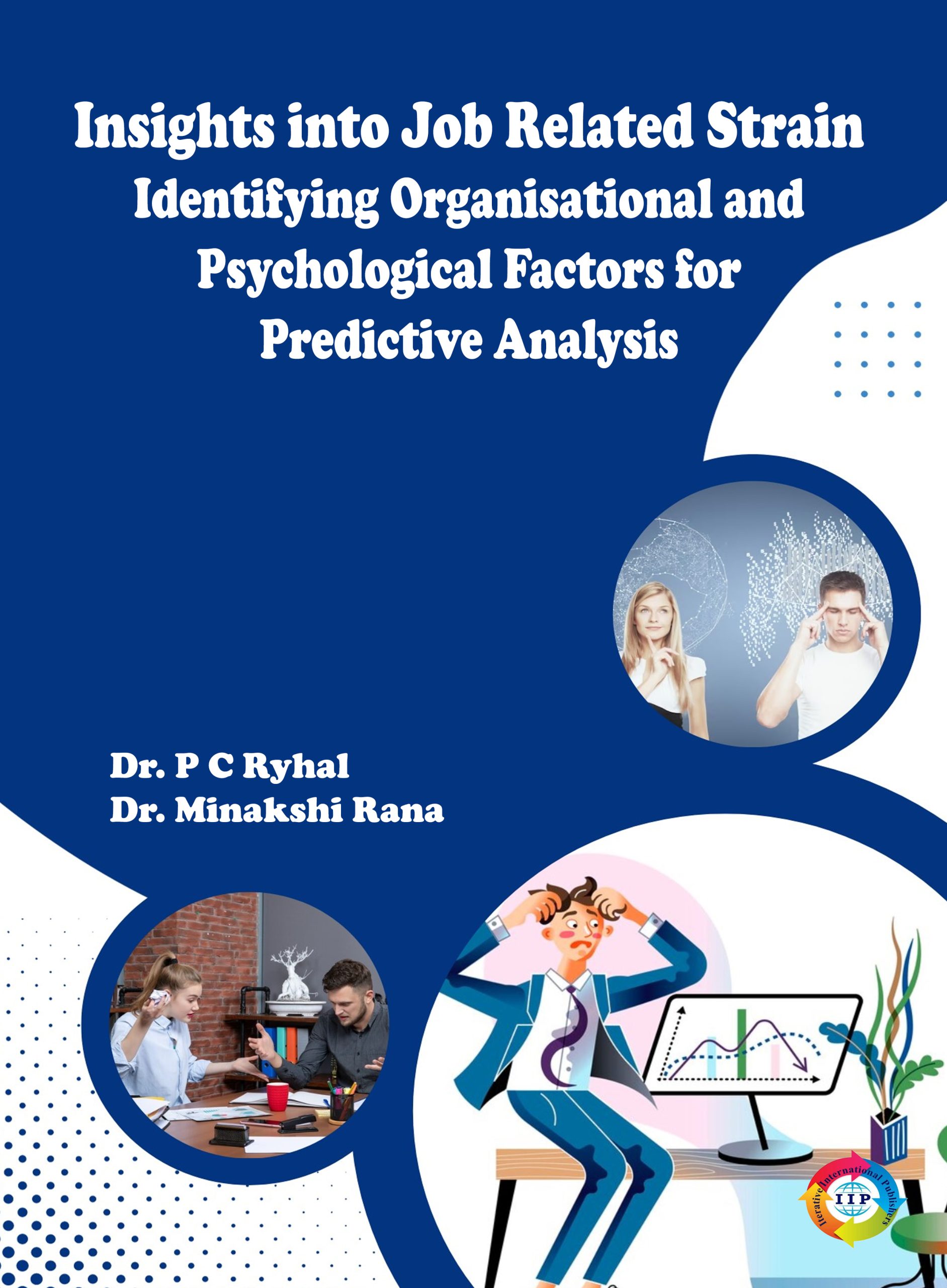
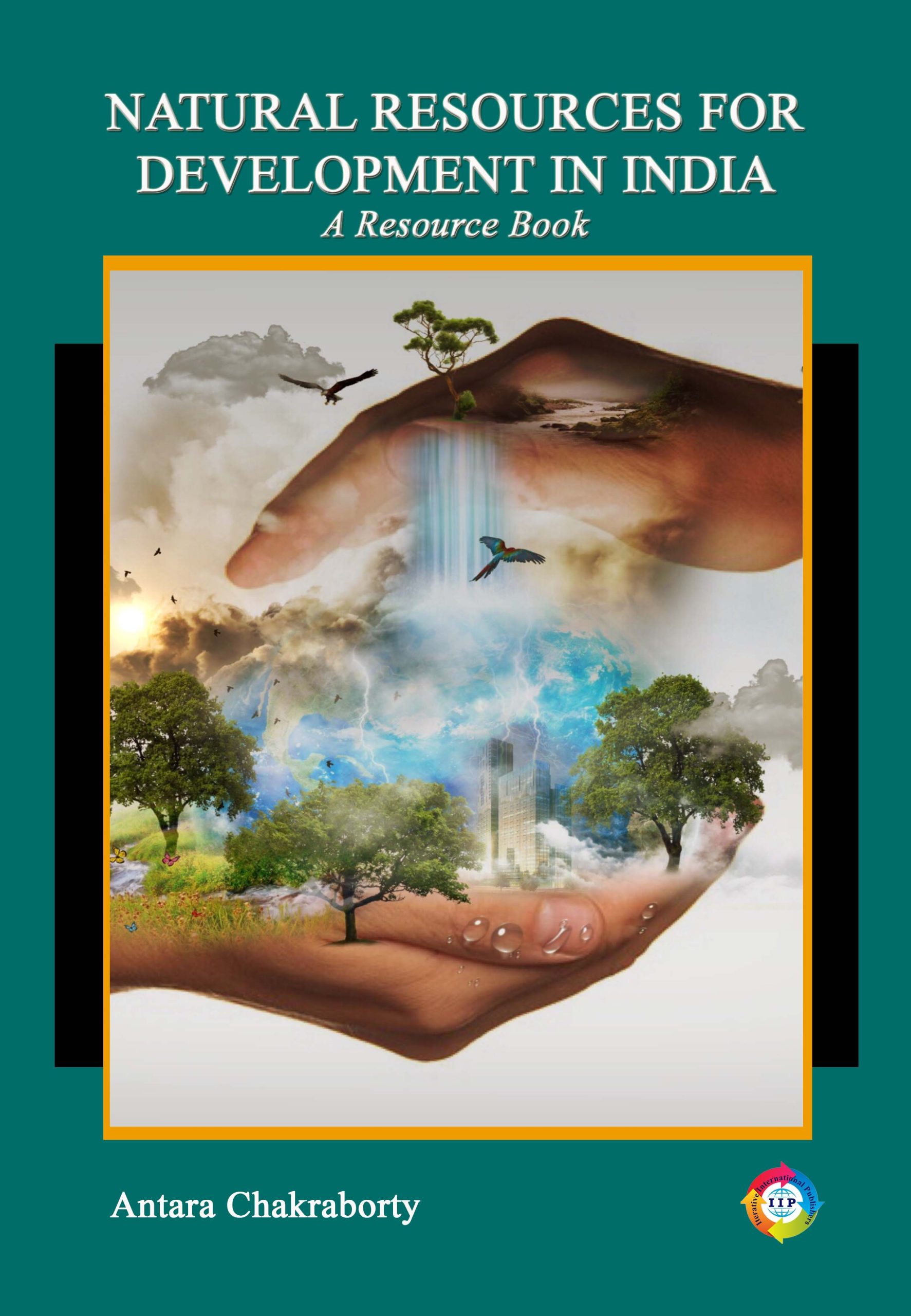
Reviews
There are no reviews yet.